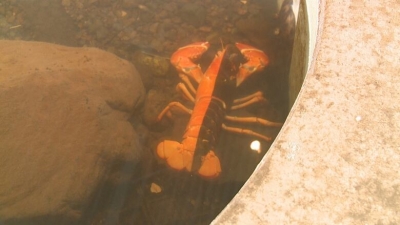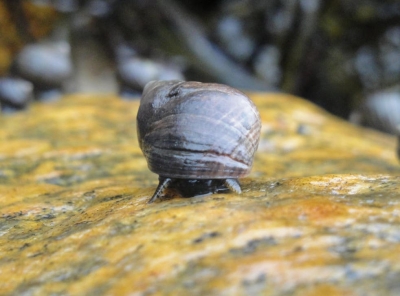Rare two-toned lobster finds new home at Saint Andrews aquarium

Jethro the lobster has been delighting visitors to the Huntsman Marine Science Centre in New Brunswick (Canada) with his unusual colouring. Jethro is a 'half-and-half' lobster whose colouring is perfectly split down his body - one half blackish-brown, one half bright orange-attributed to a genetic abnormality.
It is not known how many half and-halfs are out there, but Jethro is "one in a few million at least". The colourful crustacean, which was caught by a fisherman, will live out his days - which could be decades in a tank at the Centre with other lobsters.
Picture Credit : Google
